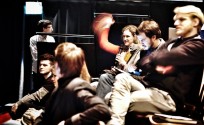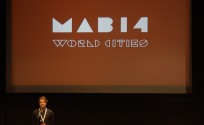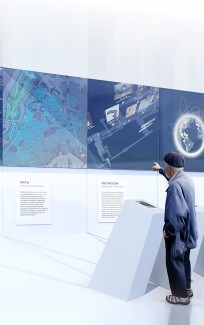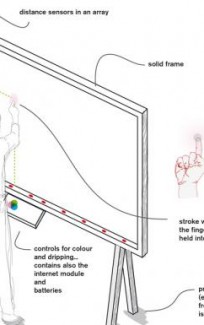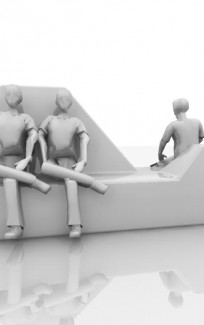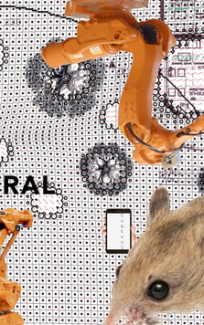Media Architectural Growth (MAG)
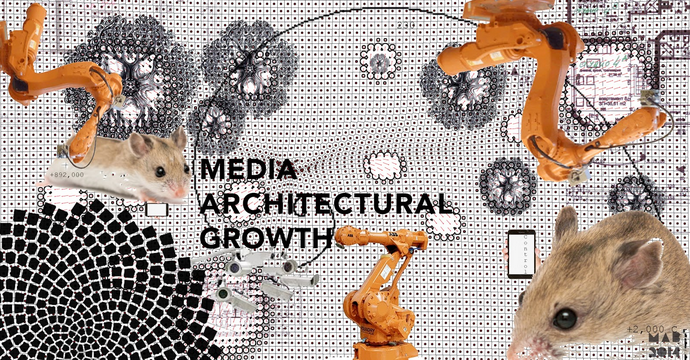
Today we update our city architecture every 30-50 years, but what happens if we introduced planning strategies that allow environments to adapt every week?
When computation was introduced to architecture some 60 years ago, its potential to inform new types of architectural practice was understood by Christopher Alexander, who developed a theoretical framework and Archigram who presented a series of new experimental topologies, which is heavily referenced in the practice. One of the more artistic experiments was the installation: SEEK or Blocksworld at display on the Jewish Museum in New York 1970. The installation was developed by a young Nicolas Negroponte who presented a study of robot building architecture in an entropic environment based on the movements of a gerbil colony.
Much has happened since, but often the computational processes have been limited to a matter of geometrical control (BIM and parametric design) or regulation of smart buildings. It is time to revisit the format of Blockworld to explore radical design scenarios that use contemporary media tools and techniques to push the discussions of new types of architectures and public spaces. The installation: Media Architectural Growth (MAG) speculates on future evolutionary planning strategies and presents potential planning scenarios that explore the relationship between control system, community and entropic environments – a topic highly relevant to people interested in the smart city or participatory technologies.
In the MAG installation we invite users to help choose the preferred programs in their city. Through each design iteration we will realise the two most popular programs, visible in the PROGRAM POPULARITY map. You can follow the evolution of the installation by observing the prints on the wall.
The MAG installation will present an alternative use of media architecture tools to inform a bottom up evolutionary planning practice. We ask: What if everyone could inform architecture growth? And what if architectural drawings would grow as processes in nature and everyday life?
Credit: Electrotexture Lab. Esben Bala Skouboe, Jeffrey Serio and Jens Pedersen
